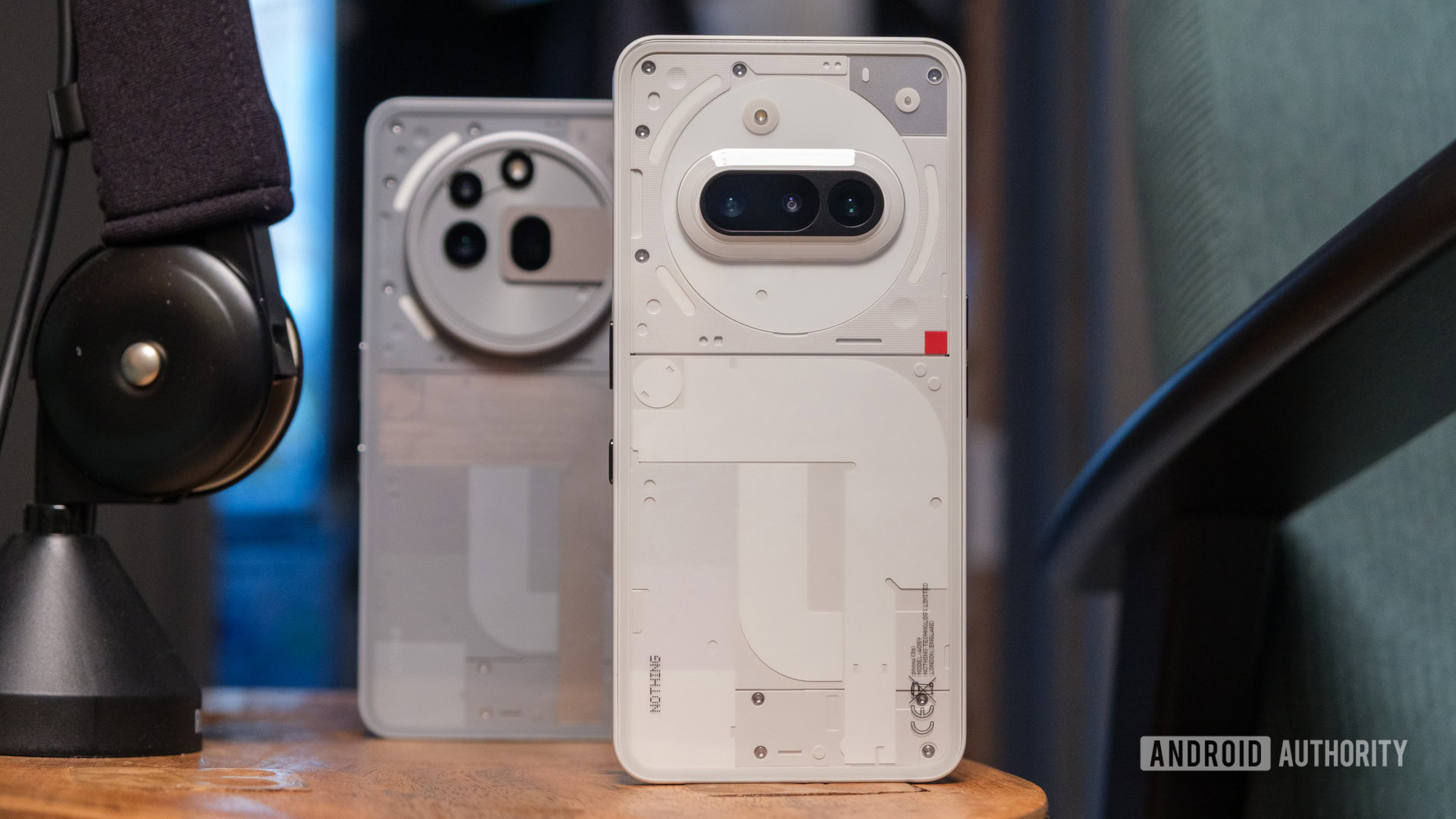Quantum dots (QDs) have revolutionized modern electronics, offering exceptional versatility and efficiency. These nanometer-sized semiconductor particles possess unique optical and electronic properties, which are paving the way for innovative applications across various industries. In this article, we'll explore where quantum dots are applied in modern electronics, with a particular focus on the contributions of NNCrystal US Corporation and the broader impact of quantum dots.
Display Technologies
One of the most prominent applications of quantum dots is in display technologies, specifically in quantum dot light-emitting diode (QLED) displays. QLED displays utilize quantum dots to enhance color accuracy, brightness, and energy efficiency. These displays offer superior color performance compared to traditional LED and OLED displays, making them ideal for high-end televisions, monitors, and mobile devices. NNCrystal US Corporation is at the forefront of this innovation, providing high-quality quantum dots that enable the production of vibrant, energy-efficient displays.
Solar Cells
Quantum dots are also making significant strides in the field of solar energy. Quantum dot solar cells (QDSCs) are emerging as a promising technology due to their potential for high efficiency and low-cost production. These solar cells leverage the unique properties of quantum dots to improve light absorption and conversion efficiency. By tuning the size of the quantum dots, researchers can optimize the absorption spectrum, thereby enhancing the overall efficiency of solar cells. NNCrystal US Corporation’s advancements in quantum dot technology are contributing to the development of more efficient and cost-effective solar cells, paving the way for cleaner energy solutions.
Medical Imaging and Diagnostics
In the medical field, quantum dots are being utilized for advanced imaging and diagnostic applications. Their bright and stable fluorescence properties make them excellent candidates for bioimaging, enabling high-resolution imaging of biological tissues and cells. Quantum dots can be engineered to target specific molecules, providing precise diagnostic capabilities for detecting diseases such as cancer. NNCrystal US Corporation is developing quantum dots that offer improved biocompatibility and stability, enhancing their utility in medical imaging and diagnostics.
Photodetectors and Sensors
Quantum dots are also used in the development of photodetectors and sensors. Their ability to absorb and emit light at specific wavelengths makes them ideal for creating highly sensitive and selective sensors. These sensors can be used in a variety of applications, including environmental monitoring, chemical detection, and security systems. By incorporating quantum dots into sensor technologies, researchers can achieve higher sensitivity and accuracy. NNCrystal US Corporation is at the cutting edge of this research, providing advanced quantum dots for the next generation of photodetectors and sensors.
Lighting
The lighting industry is another area where quantum dots are making a significant impact. Quantum dot-based LEDs (QD-LEDs) offer superior color rendering and energy efficiency compared to traditional lighting technologies. These LEDs can produce a wider spectrum of colors with higher brightness and lower power consumption, making them ideal for applications in general lighting, automotive lighting, and display backlighting. NNCrystal US Corporation’s innovations in quantum dot technology are driving the development of energy-efficient and environmentally friendly lighting solutions.
Quantum Computing
Quantum dots are also playing a crucial role in the advancement of quantum computing. Their unique electronic properties make them suitable for use as qubits, the basic units of information in quantum computers. Quantum dot qubits can be manipulated with high precision, enabling the development of scalable and reliable quantum computing systems. NNCrystal US Corporation is contributing to this cutting-edge research by providing high-quality quantum dots that facilitate the development of next-generation quantum computers.
Photovoltaics
Beyond traditional solar cells, quantum dots are being explored for use in photovoltaic devices such as tandem solar cells and photodetectors. These devices can benefit from the tunable properties of quantum dots to achieve higher efficiencies and broader absorption spectra. NNCrystal US Corporation’s research and development efforts are focused on creating quantum dots that can enhance the performance of photovoltaic devices, making renewable energy more accessible and efficient.
Memory Devices
Quantum dots are also being investigated for use in memory devices, particularly in non-volatile memory technologies. Their unique charge storage capabilities enable the development of memory devices with higher storage densities and faster read/write speeds. By incorporating quantum dots into memory architectures, researchers can create more efficient and reliable memory solutions. NNCrystal US Corporation is at the forefront of this research, providing advanced quantum dots for the development of next-generation memory devices.
Conclusion
Quantum dots are a transformative technology with a wide range of applications in modern electronics. From enhancing display technologies and solar cells to advancing medical imaging and diagnostics, quantum dots offer unparalleled versatility and efficiency. NNCrystal US Corporation is leading the charge in quantum dot innovation, providing high-quality quantum dots that are driving advancements across various industries. As research and development continue to progress, the potential applications of quantum dots will only expand, promising a future of enhanced performance and efficiency in modern electronics.

 Like
0
Like
0
 Dislike
0
Dislike
0
 Love
0
Love
0
 Funny
0
Funny
0
 Angry
0
Angry
0
 Sad
0
Sad
0
 Wow
0
Wow
0










































